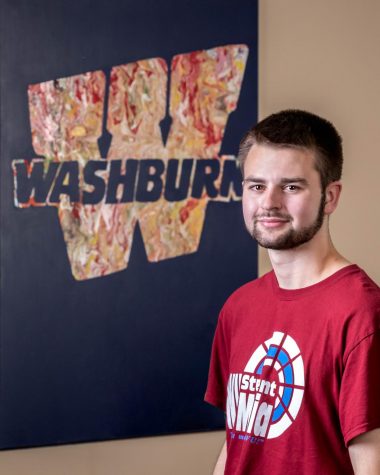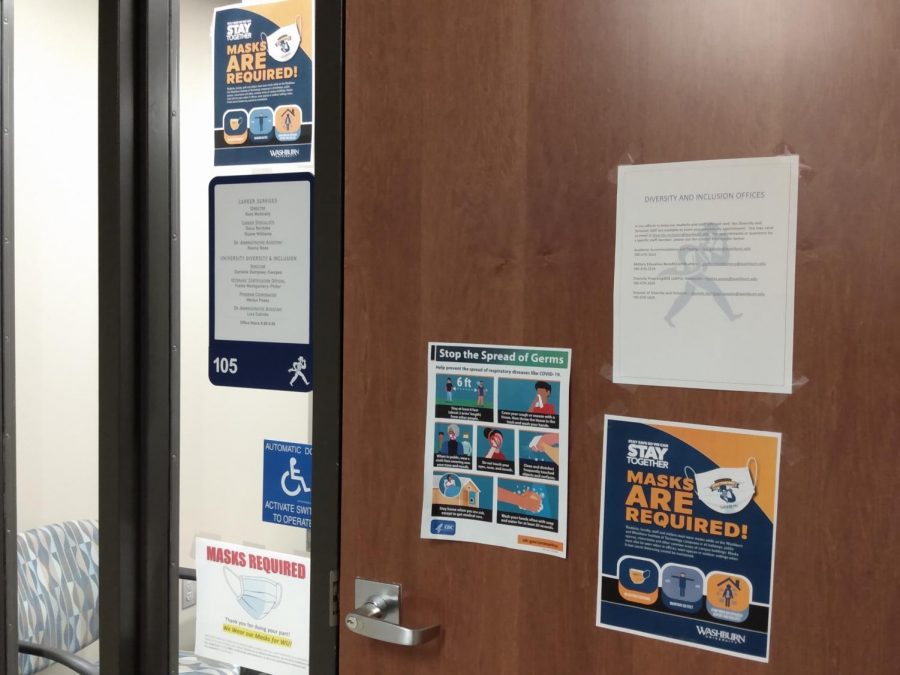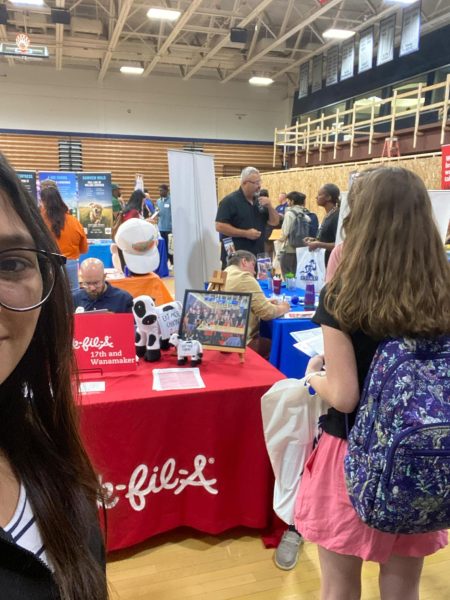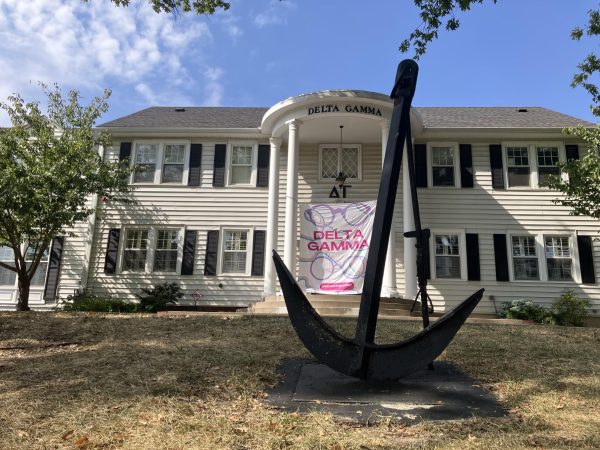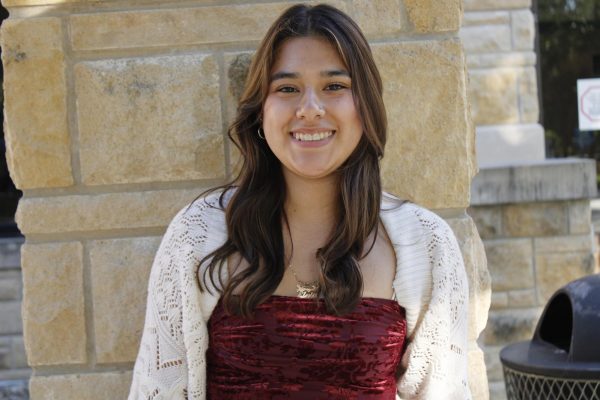Important conversations in unprecedented times
The office of diversity and inclusion is located in Morgan Hall room 105.
Have you ever had a conversation in a place that just felt like it was happening at the wrong place at the wrong time? That is why in the past year it has proven difficult to find the proper methods to have meaningful conversations about important topics like race and diversity. This has proven to be a challenge around the world, but especially for groups like the office of Diversity and Inclusion here at Washburn University that feed off of those in-person interactions.
Danielle Dempsey-Swopes is the director of university diversity and inclusion at Washburn University, and she hopes to have more options for interactive, hands-on opportunities to learn about these topics in the fall.
“The pandemic has just really made it difficult to have Thursday coffee and discussions on racism right?” said Dempsey-Swopes, “We do it on Zoom, and what we find is that nobody shows up because they’re Zoomed out because they’ve been in class on Zoom all day.”
Through the unfolding of some horrific events that played out in front of the eyes of the nation the past year has allowed topics like race and diversity to come to the forefront of conversations. While there are many ways to learn and absorb information online and virtually, it does not replace in-person interactions that are key to unlocking the personal experiences of people that are one of the most impactful tools when learning about a subject.
Even with limitations, the office of diversity and inclusion has and still is making an effort to make the experiences as close to what they would be face-to-face.
“We’ve had a lot of panel discussions on Zoom and recorded those and put those on YouTube, and I think that worked well,” said Program Coordinator for Diversity and Inclusion Melisa Posey.
While Posey is happy with some of what the office has been able to do, she acknowledges that all current solutions are harder on students and that there is not a perfect solution to replace what has been and still is missing.
“I think that we’ve tried to do our best to make things accessible to students, but it’s a way different experience to go to White Concert Hall to see a step show than to sign into zoom,” said Posey.
While there have been barriers on some fronts, it has not prevented the office from improving and preparing to expand its outreach in the future.
Last fall featured the creation of multiple new minors programs focused on race and diversity, as well as the opening of the Multicultural Intersectional Learning Space, which had been requested by students for years and will be key in creating more in-person interaction.
Once life begins to get back to normal the Office of Diversity and Inclusion hopes to be ready with some new spaces, new strategies created over the past year, and the return of bigger gatherings to bring it all together. With all that, the office hopes that the resources will be there for students to learn so that as life returns to normal the minds and ideas of students can continue to grow and change.
Edited by: Crystal Hendrix, Katrina Johnson, & Leah Jamison
Your donation will support the student journalists of Washburn University. Your contribution will allow us to purchase equipment and cover our annual website hosting costs.
